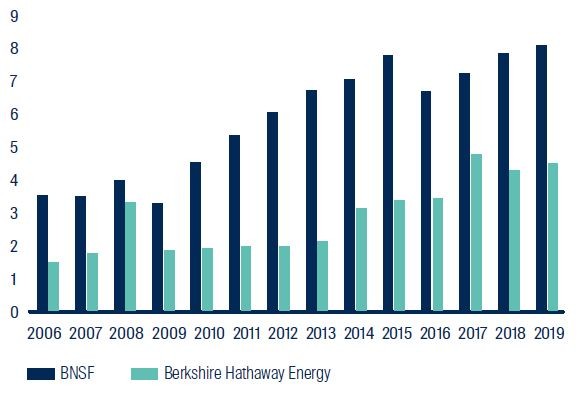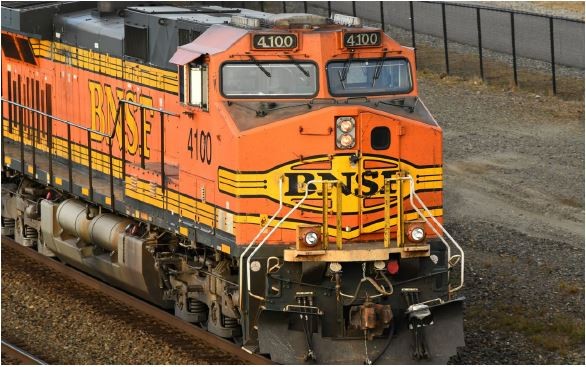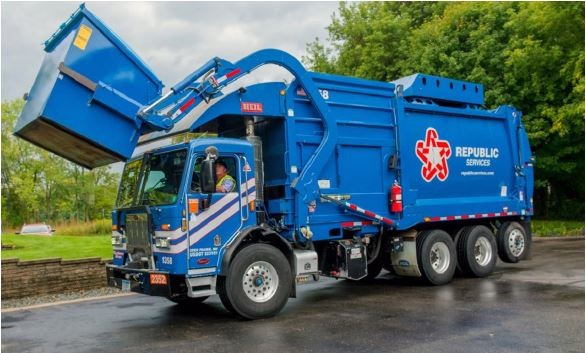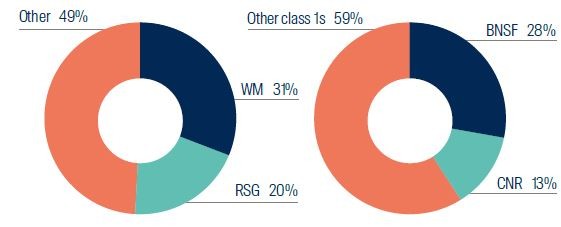The infrastructure holdings of Buffett and Gates
Billionaire buddies Warren Buffett and Bill Gates both have large portfolios of infrastructure assets. Infrastructure investments provide these billionaires with inflation-protected income and defensive capital growth. Should you have an investment in global listed infrastructure to protect and grow your wealth?
Legendary self-made billionaires Warren Buffett and Bill Gates are large investors in infrastructure companies with a North American focus. These two friends have investments in freight railways, utilities, renewable energy, waste management, natural gas pipelines and airports.
Infrastructure provides essential services to society. These assets have the defensive characteristics of high barriers to entry, strong pricing power, structural growth and predictable cash flows.
Global Listed Infrastructure can provide investors with inflation-protected income and solid capital growth. It consists of listed companies from around the world that own or operate infrastructure assets.
It is not surprising that two of the world’s greatest capitalists have invested in infrastructure companies to protect and grow their wealth. It’s always wise to monitor the investment decisions of smart people. From Berkshire Hathaway’s latest annual report “Today, BHE has the operating talent and experience to manage truly huge utility projects – requiring investments of $100 billion or more – that could support infrastructure benefitting our country, our communities and our shareholders. We stand ready, willing and able to take on such opportunities.”
So what are these brilliant billionaires actually investing in?
Warren Buffett’s Berkshire Hathaway infrastructure empire
Warren Buffett’s Berkshire Hathaway (BRK) generates around 15% of its profits from a portfolio of infrastructure assets1 . These include:
- Burlington Northern Santa Fe (BNSF), the largest freight railway operator in the US
- Berkshire Hathaway Energy (BHE), the fourth largest electric and gas utility in the US operating across 11 states through MidAmerican Energy, PacifiCorp and NV Energy
- Berkshire Hathaway Renewables (BHR), the second largest renewable energy company in the US with a 7% market share in wind and solar
- BHE Pipeline Group, which operates three natural gas pipeline systems that transport over 18% of all interstate gas transmission in the US and owns 25% of the Cove Point LNG export terminal
BRK has built this empire via both acquisitions (MidAmerican in 2000, PacifiCorp in 2005, BNSF in 2009, NV Energy in 2013 and Dominion Gas Transmission in 2020) and organic capital expenditure including $29 billion2 on renewable energy and $38 billion3 on rail track and rolling stock. This combination has yielded consistent profit growth through economic cycles.
BKE infrastructure’s consistent profit growth EBIT US$b

Source: Company annual reports, First Sentier Investors, as at 31 December 2019.
“I felt it was an opportunity to buy a business that is going to be around for 100 or 200 years, that’s interwoven with the American economy in a way that, if the American economy prospers, the business will prosper. It is the most efficient way of moving goods in the country.” – Warren Buffett on his BNSF acquisition from a 2009 CNBC interview.
BNSF locomotives keeping America moving

Source: Unsplash
Bill Gates’s infrastructure portfolio
Bill Gates’s infrastructure investments are held via his $50 billion private holding company, Cascade Investment LLC4. This fund has around 50% of its value in five listed infrastructure companies including the fund’s two largest holdings. These investments are5:
- 34% holding in Republic Services6 (RSG), the second largest waste management company in the US
- 14% holding in Canadian National Railway7 (CNR), Canada’s largest and US’ fifth largest freight railway operating across Canada and south through Memphis to the US Gulf Coast
- 3.5% holding in Waste Management (WM), the largest waste company in the US
- 17% holding in Signature Aviation (SIG), the largest private jet airport operator in the US
- 8.4% holding in Otter Tail Corp (OTTR), an electric utility with operations in Minnesota and the Dakotas
Cascade Investments is the largest single shareholder of CNR, SIG and RSG and is the second largest shareholder in OTTR. In addition, Cascade Investments has a board representative at RSG.
Republic Services taking out the trash

Source: RSG website as at November 2020.
What is so attractive about infrastructure?
Buffett’s and Gates’ infrastructure investments have many similar characteristics which have produced strong earnings and investment performances.
First, many of these assets operate in positive industry structures with high barriers to entry, a limited number of competitors and strong pricing power. They operate either as regulated monopolies (utilities), or in regional oligopolies (freight railways, waste management and private jet airports). These industry structures allow rational pricing behaviour and capital discipline which enables these assets to deliver returns well above cost of capital and pricing growth at or above inflation over long time frames.
Market share of US waste and North American rail sectors

Source: Company reports, First Sentier Investors as at 31 December 2018.
Second, the essential service nature of infrastructure produces stable demand and predictable cash flows. We need utilities to power our homes, we need goods to be moved across the country and we need our garbage to be taken away. This stability of demand underpins defensive earnings streams, protecting profits in downturns and growing them in upturns.
Third, these companies have exposure to long-term positive structural growth drivers. Electric utilities are fundamental to the decarbonization of electricity through investment in carbon free renewable energy.
In Buffett’s own words, “We have got a big appetite for wind or solar … If someone walks in with a solar project tomorrow and it takes a billion dollars or three billion dollars, we’re ready to do it”.
Furthermore, freight railroads and electric utilities are key enablers in the decarbonisation of the transportation sector while waste management has expansion opportunities in recycling. This all results in a long pipeline of infrastructure investment opportunities and underpins long-term structural earnings growth.
Conclusion
Warren Buffett and Bill Gates are self-made billionaires and significant investors in infrastructure. It’s always wise to monitor the investment decisions of smart people. While utilities, freight railways and waste management companies may not be as exciting as their high profile holdings in Microsoft, Apple or Coca-Cola, infrastructure has demonstrated its ability to consistently protect and grow the wealth of these billionaires over time.
Is it time you also got on board the infrastructure train?
3 topics

